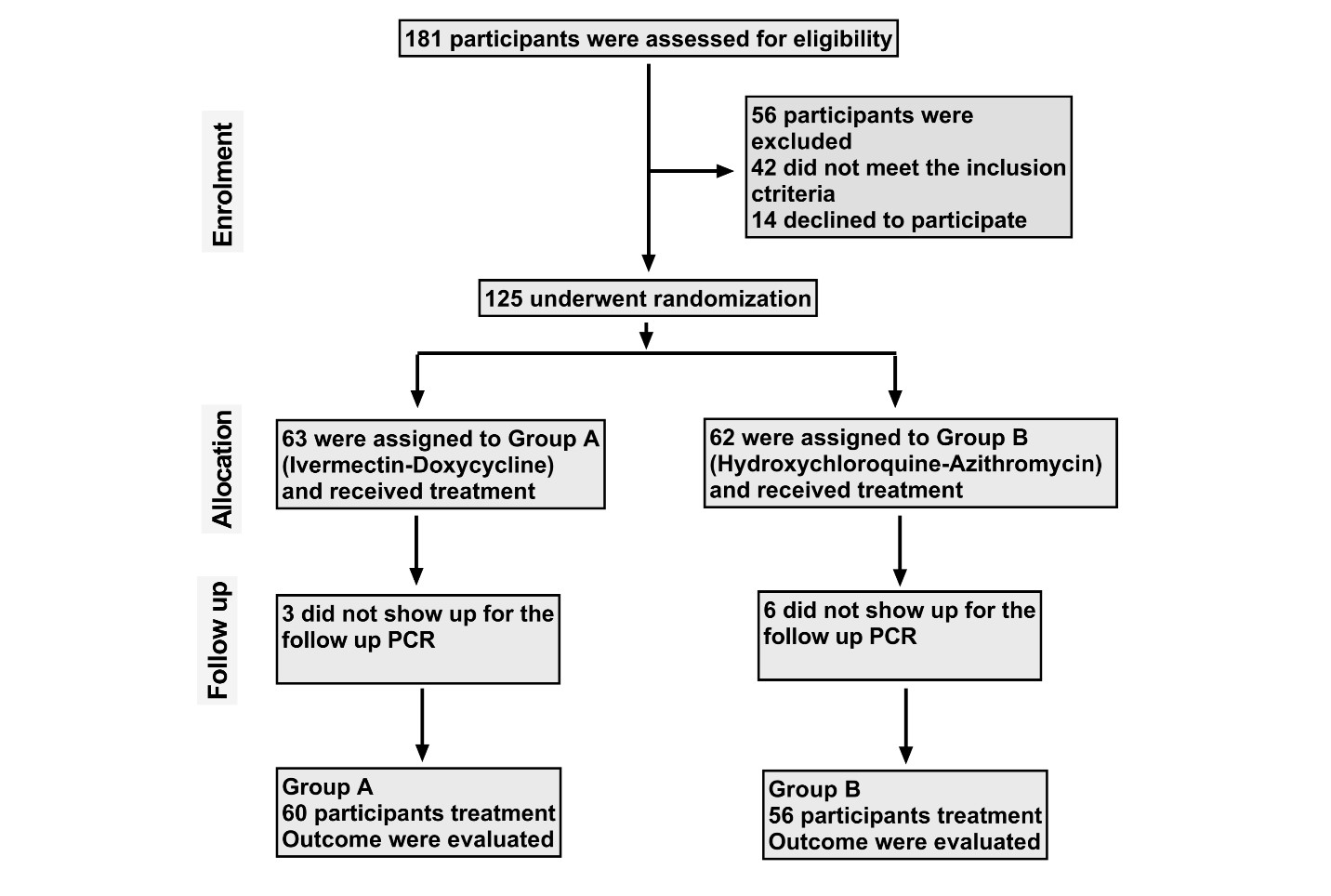Doxycycline¶

Fig. 7 doxycycline capsules¶
Doxycycline is a broad-spectrum tetracycline-class antibiotic used in the treatment of infections caused by bacteria and certain parasites.[1] It is used to treat bacterial pneumonia, acne, chlamydia infections, Lyme disease, cholera, typhus, and syphilis.[1] It is also used to prevent malaria and in combination with quinine, to treat malaria.[1] Doxycycline may be taken by mouth or by injection into a vein.[1]
Common side effects include diarrhea, nausea, vomiting, and an increased risk of sunburn.[1] Use after the first trimester of pregnancy or in young children may result in permanent discoloration of the teeth.[1] Its use during breastfeeding is probably safe.[1] Doxycycline is a broad-spectrum antibiotic, of the tetracycline class.[1] Like other agents of this class, it either slows or kills bacteria by inhibiting protein production.[1][2] It kills malaria by targeting a plastid organelle, the apicoplast.[3][4]
Doxycycline was patented in 1957 and came into commercial use in 1967.[5][6] It is on the World Health Organization’s List of Essential Medicines.[7] Doxycycline is available as a generic medicine.[1][8] In 2017, it was the 113th most commonly prescribed medication in the United States, with more than six million prescriptions.[9][10] It is available in India under the brand name DOXY-1- LDR.[11]
Source: https://en.wikipedia.org/wiki/Doxycycline

Fig. 8 doxycycline-study¶

Fig. 9 doxycycline for STIs¶

Fig. 10 doxycycline-on-the-cell-viability¶
Additional Studies and Reports about Doxycycline¶
Page Generated: Tue, 03 Aug 2021 10:25 PM UTC